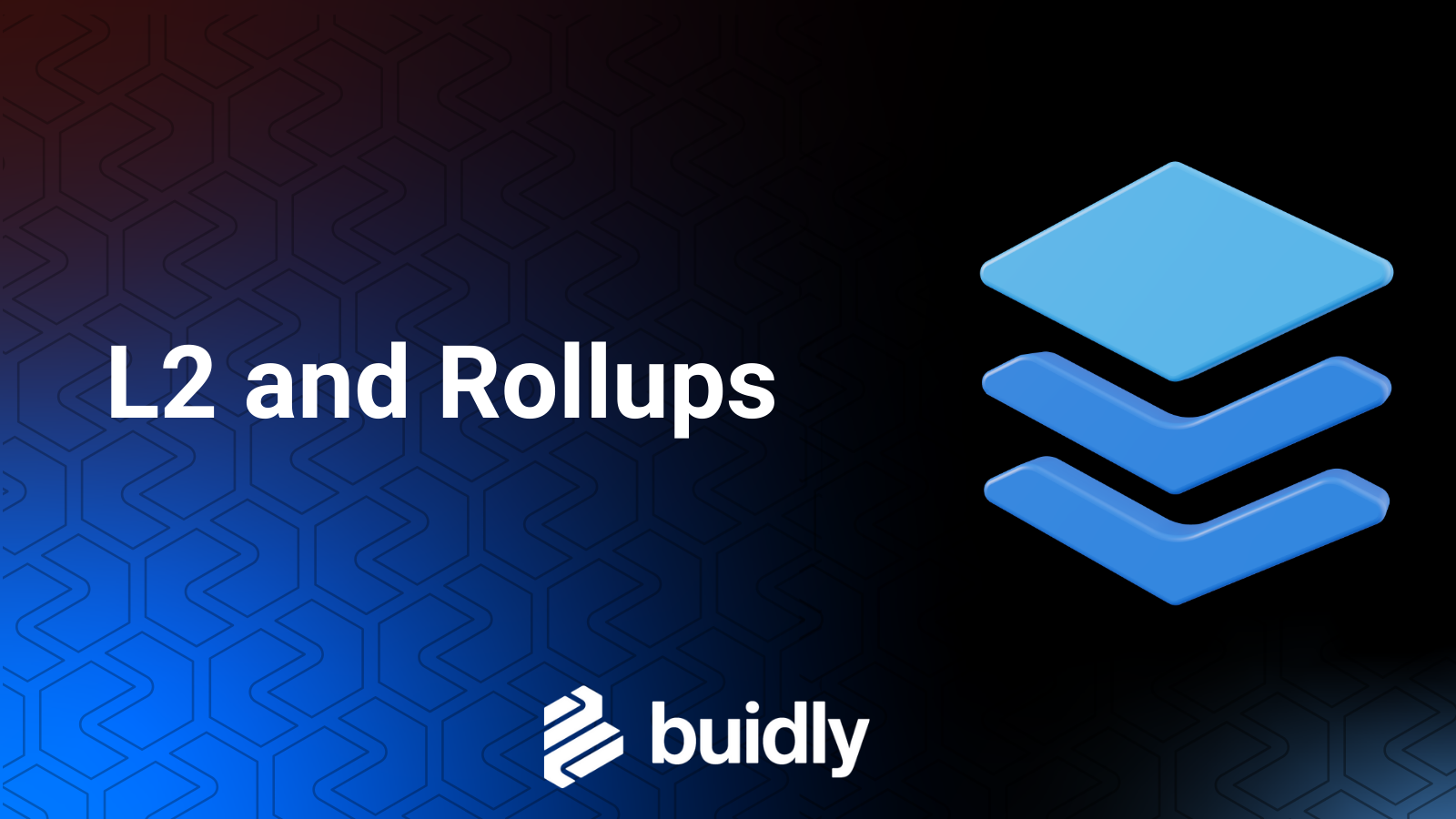
Remember when websites used to crash during a big sale or when too many users logged on at once?
Ethereum is facing a similar challenge. As the popularity of crypto and dApps has skyrocketed, so have the demands on these networks. This surge in activity has led to slower transactions and higher costs, think of it as a digital traffic jam. Enter Layer 2 solutions: these are like the new express lanes on a highway, designed to speed things up and keep costs down, all while ensuring that the ride remains smooth and secure.

Understanding the Scalability Trilemma
Layer 1 networks face a persistent challenge known as the scalability trilemma, which involves balancing scalability, security, and decentralization. Improving one aspect often compromises at least one of the others. For example, increasing block size to improve throughput could lead to greater centralization, as fewer participants can manage larger blocks, thereby diminishing network security and decentralization.
The Emergence of L2s
Layer 2 solutions are designed to offload the transaction load from the main blockchain (Layer 1), thus enhancing performance. They maintain the underlying blockchain’s security guarantees while executing transactions off-chain. Two primary forms of L2 technologies have gained prominence:
• Optimistic Rollups: These presume all transactions are valid unless proven otherwise, reducing the need for computation on every transaction and allowing for faster processing and lower costs.
• ZK-Rollups: These utilize zero-knowledge proofs to verify the validity of transactions in a compressed form, enhancing privacy and security while ensuring scalability.
L2 Success
Uniswap on Optimism: By integrating Optimistic rollups, Uniswap significantly reduced its transaction fees and improved processing times, which enhanced user experience and attracted more volume to the platform.
Synthetix on StarkWare: Utilizing ZK-rollups provided by StarkWare allowed Synthetix to manage transactions more efficiently, reducing gas costs and enabling more complex functionalities within their synthetic asset issuance platform.
Landscape
While Optimistic and ZK-rollups are widely discussed, other L2 solutions like sidechains and state channels cater to specific needs:
• Sidechains: These are independent blockchains that run in parallel to the main blockchain, like Polygon, which offers a flexible environment for apps needing faster transactions at lower costs.
• State Channels: These involve two parties conducting numerous transactions off-chain, settling the final state on-chain. This setup is ideal for applications requiring high-frequency interactions, such as gaming platforms.
Finality Time and Transaction Speed
While L2 solutions improve transaction speed significantly, they sometimes introduce a delay in finality time, the time it takes to confirm a transaction is final and irreversible. This aspect is crucial for applications requiring immediate finality.
Interoperability and Bridges
The growth of multiple L2 solutions has led to a need for better interoperability solutions to facilitate seamless asset and data transfer across different Layer 2 platforms and back to Layer 1. Bridges, which connect these platforms, are crucial but come with their security risks and complexities.
UI and Isolation issues
The transition to L2 can be seamless for end-users, but it can also lead to isolation from the broader ecosystem, particularly if dApps on different L2 solutions cannot easily interact. This isolation can affect liquidity and user engagement.
The adoption of Layer 2 technologies marks a critical phase in the evolution of blockchain technology, addressing fundamental limitations while unlocking new possibilities for dApp development.
As these technologies mature, they redefine performance benchmarks for decentralized applications, making blockchain more accessible and effective. Layer 2 solutions are not just enhancements; they are essential for the next wave of blockchain innovation, ensuring that the technology can scale effectively while staying true to its decentralized roots.
Sources
1. Ethereum Foundation Research on Layer 2 Scaling: “Ethereum Layer 2 Scaling Solutions” by Vitalik Buterin https://ethereum.org/en/layer-2/
2. Academic Paper on Rollups: “SoK: Layer-Two Blockchain Protocols” by Lewis Gudgeon et al. https://eprint.iacr.org/2019/360.pdf
3. Technical Analysis of ZK-Rollups: “ZK-Rollups: The Future of Ethereum Scaling” by Matter Labs https://medium.com/matter-labs/zkrollup-overview-6c79c1442223
4. Comparative Study of Layer 2 Solutions: “A Comparative Study of Layer 2 Scaling Solutions for Ethereum” by ConsenSys https://consensys.net/blog/blockchain-explained/a-comparative-study-of-layer-2-scaling-solutions-for-ethereum/
Placeholder
Lorem ipsum dolor sit amet, consectetur adipiscing elit. Suspendisse varius enim in eros elementum tristique. Duis cursus, mi quis viverra ornare, eros dolor interdum nulla, ut commodo diam libero vitae erat. Aenean faucibus nibh et justo cursus id rutrum lorem imperdiet. Nunc ut sem vitae risus tristique posuere.







